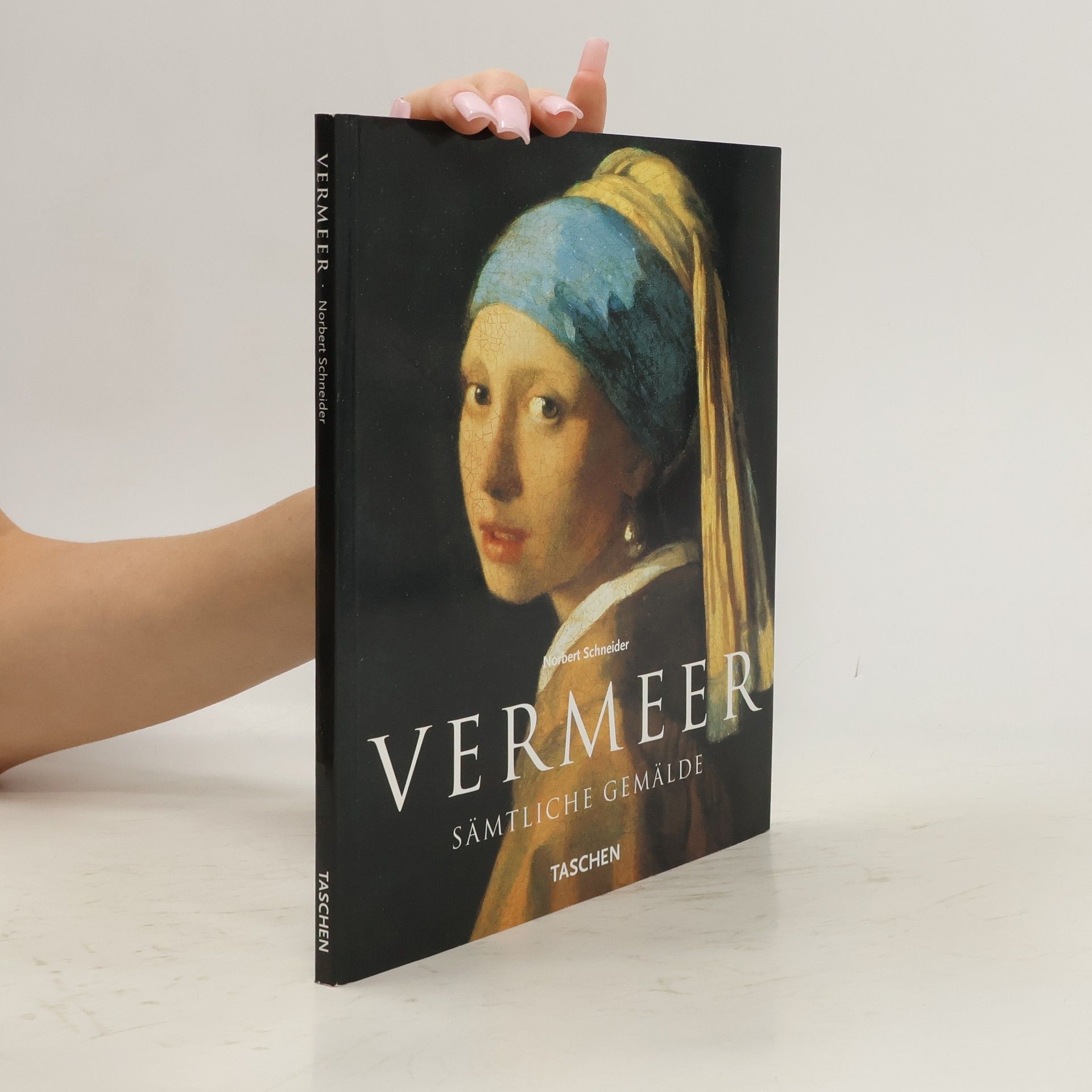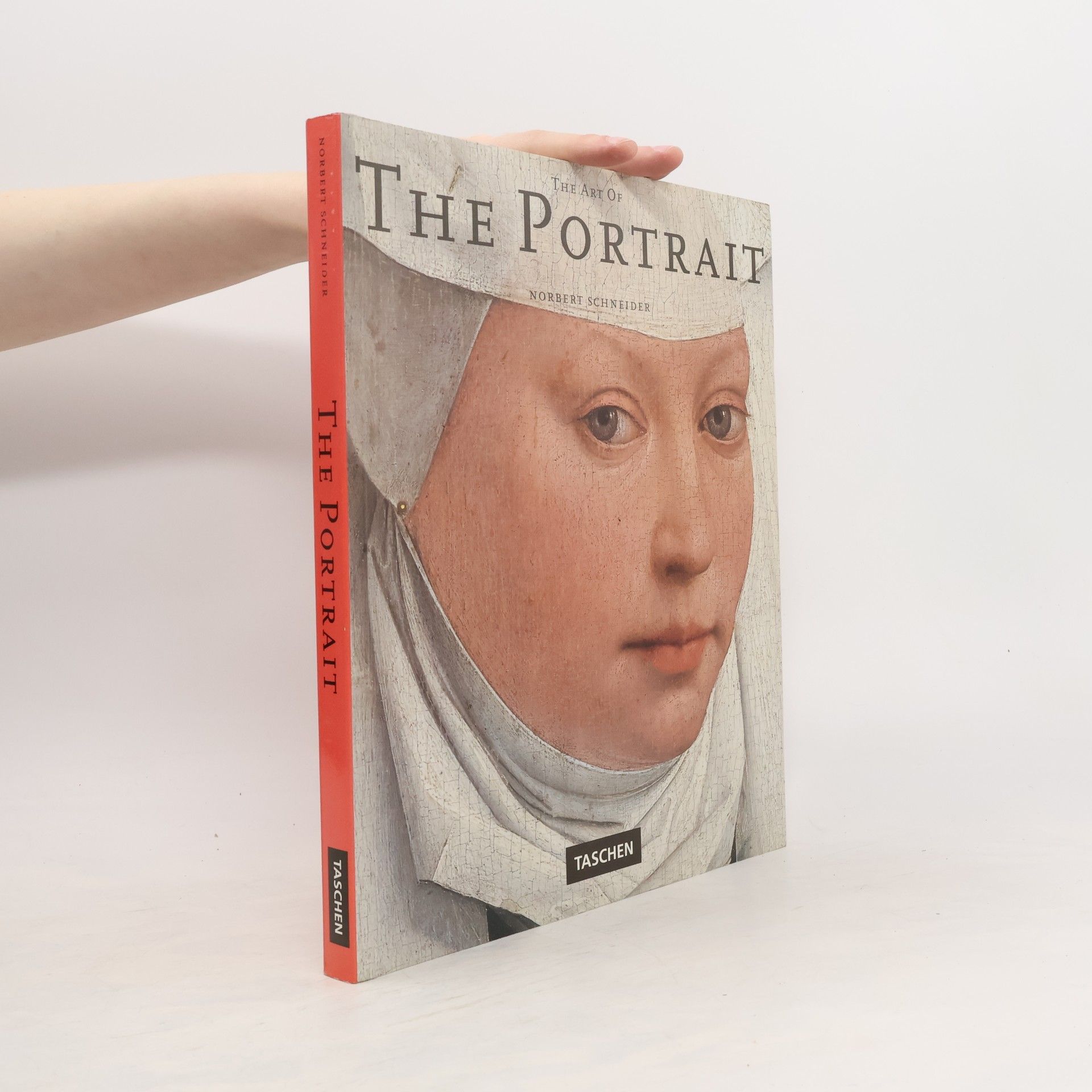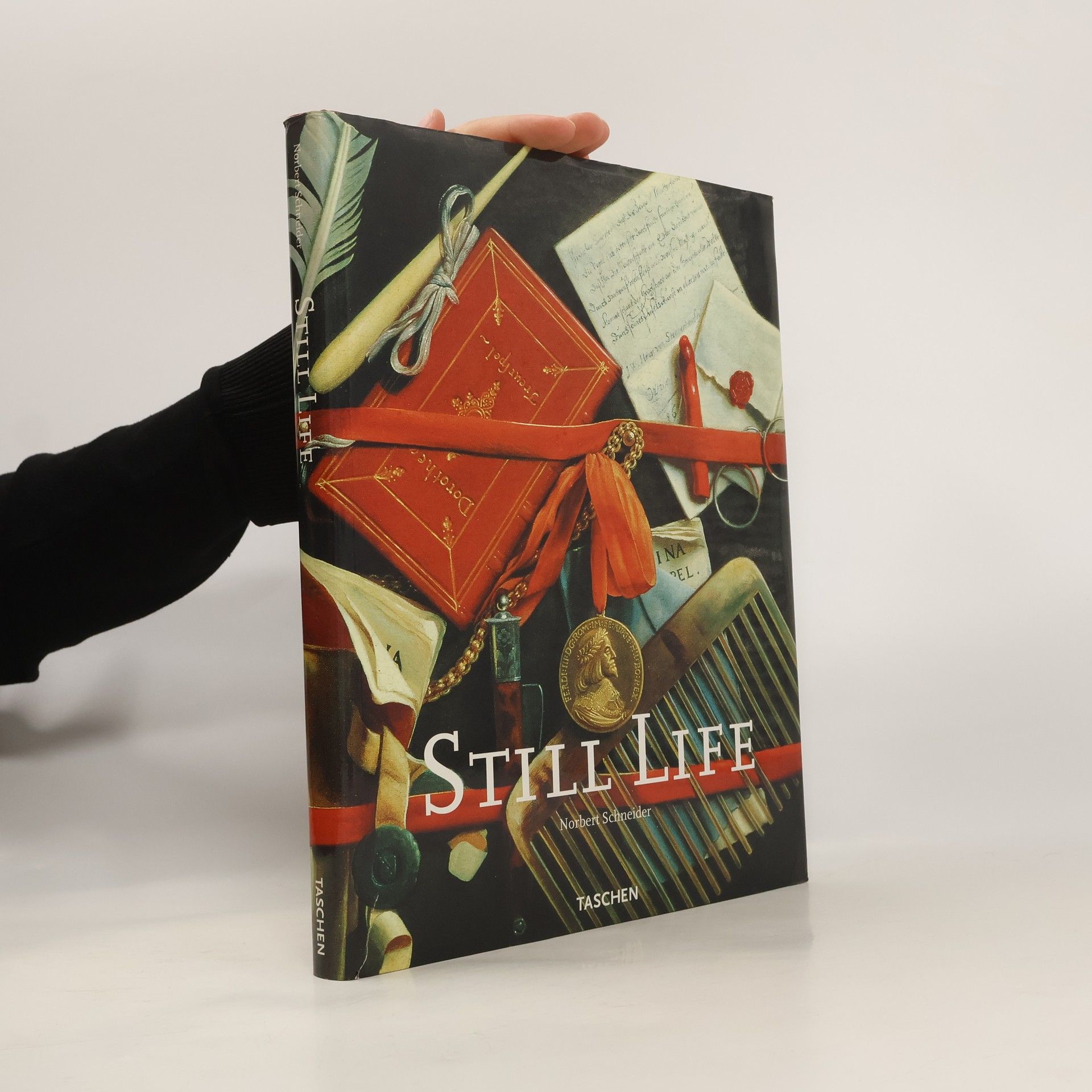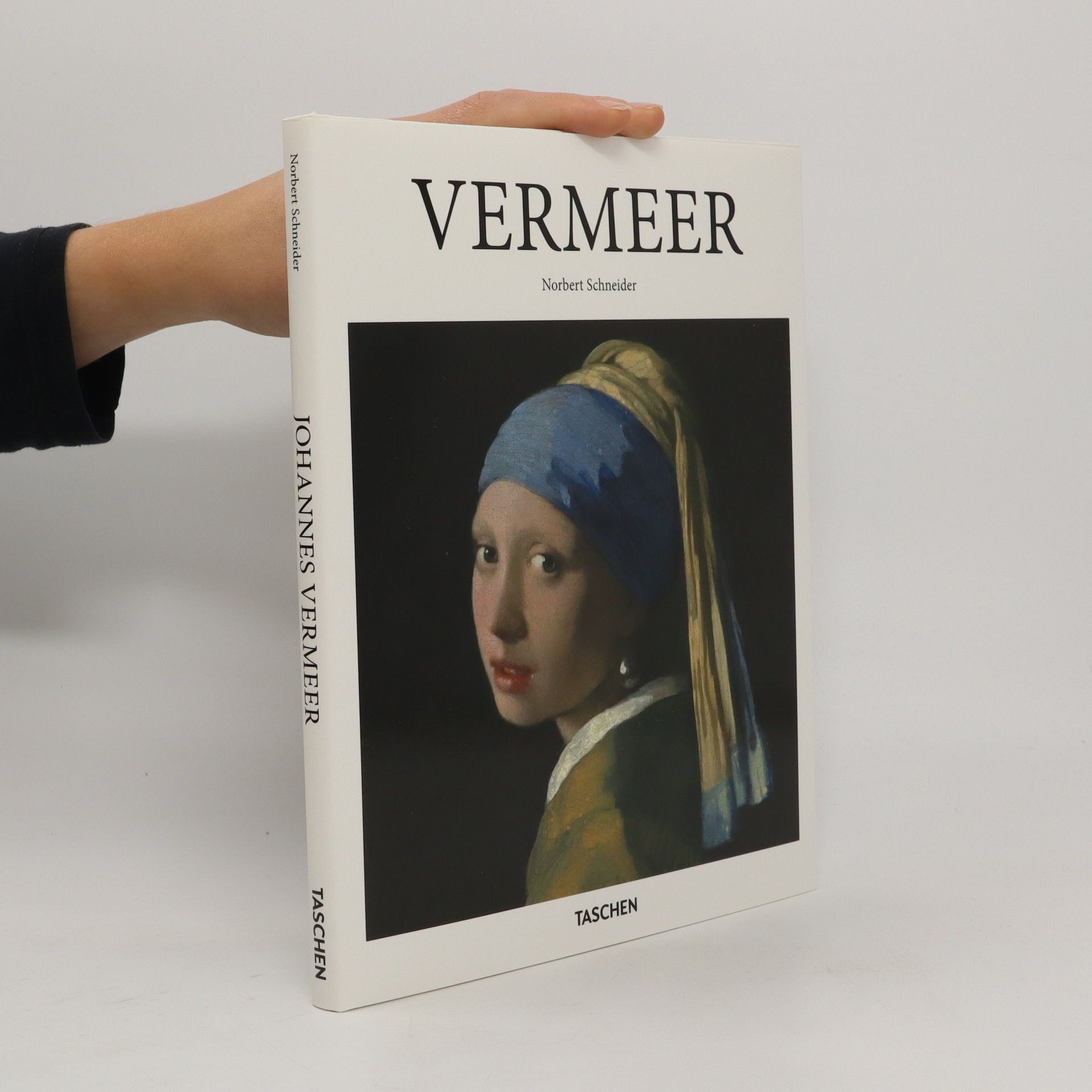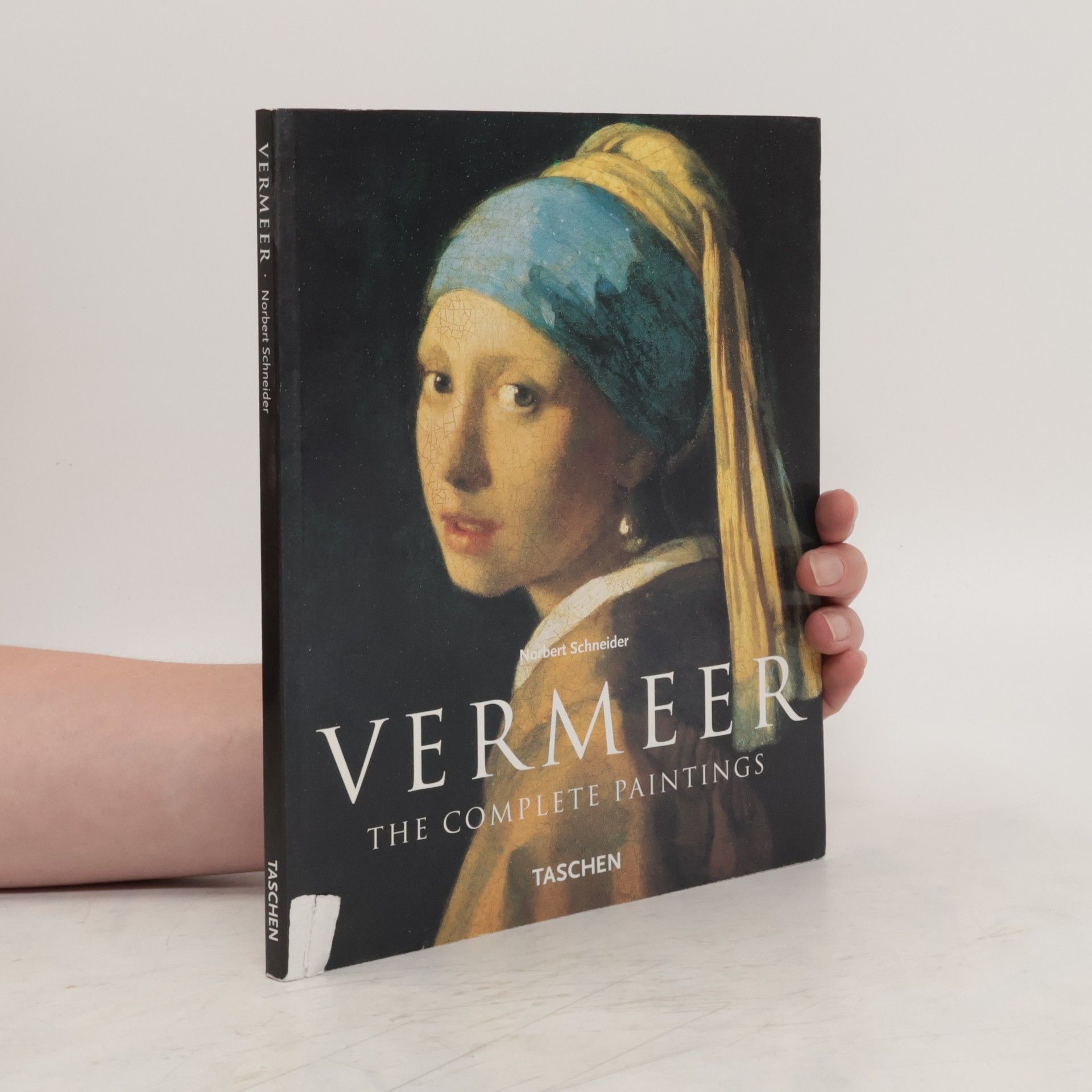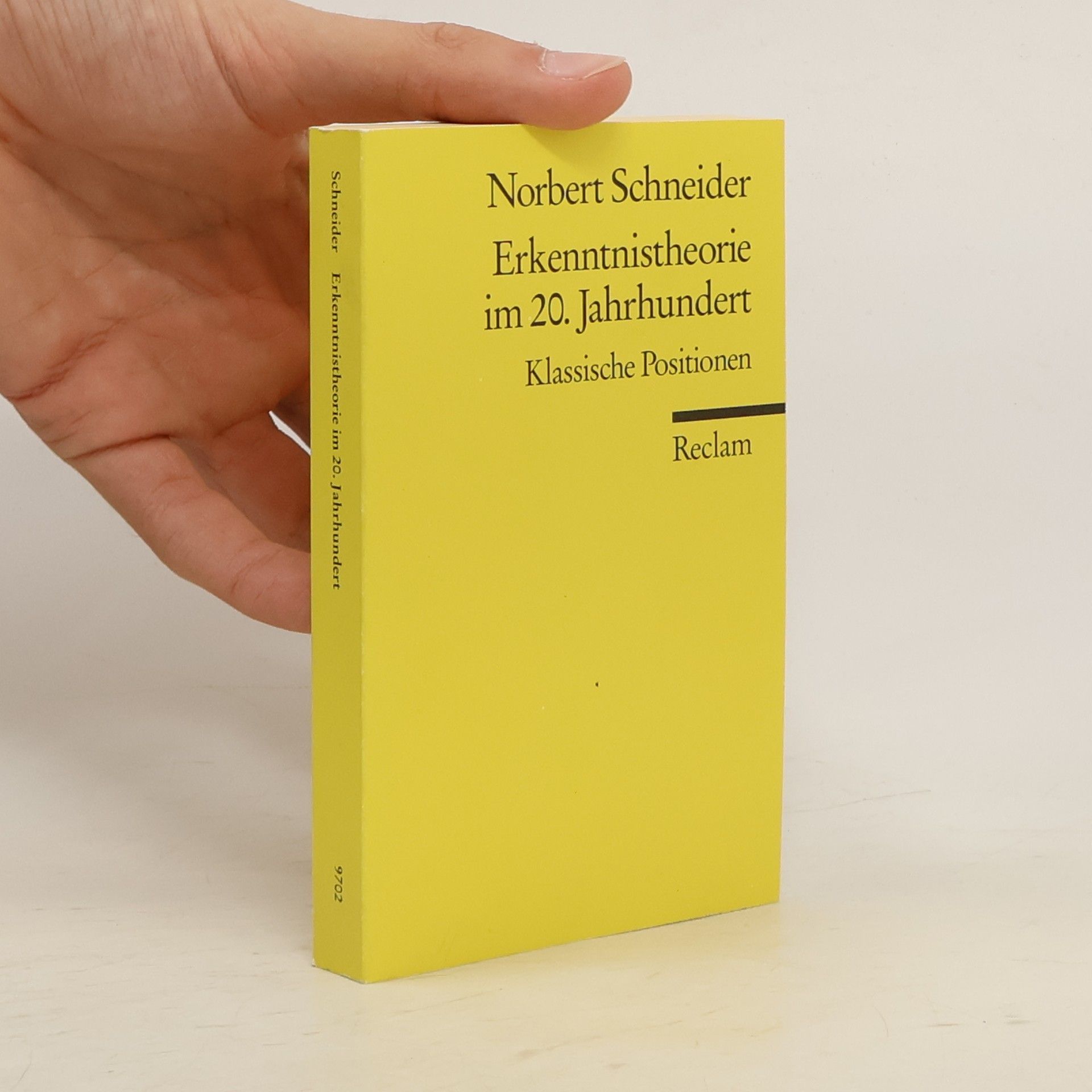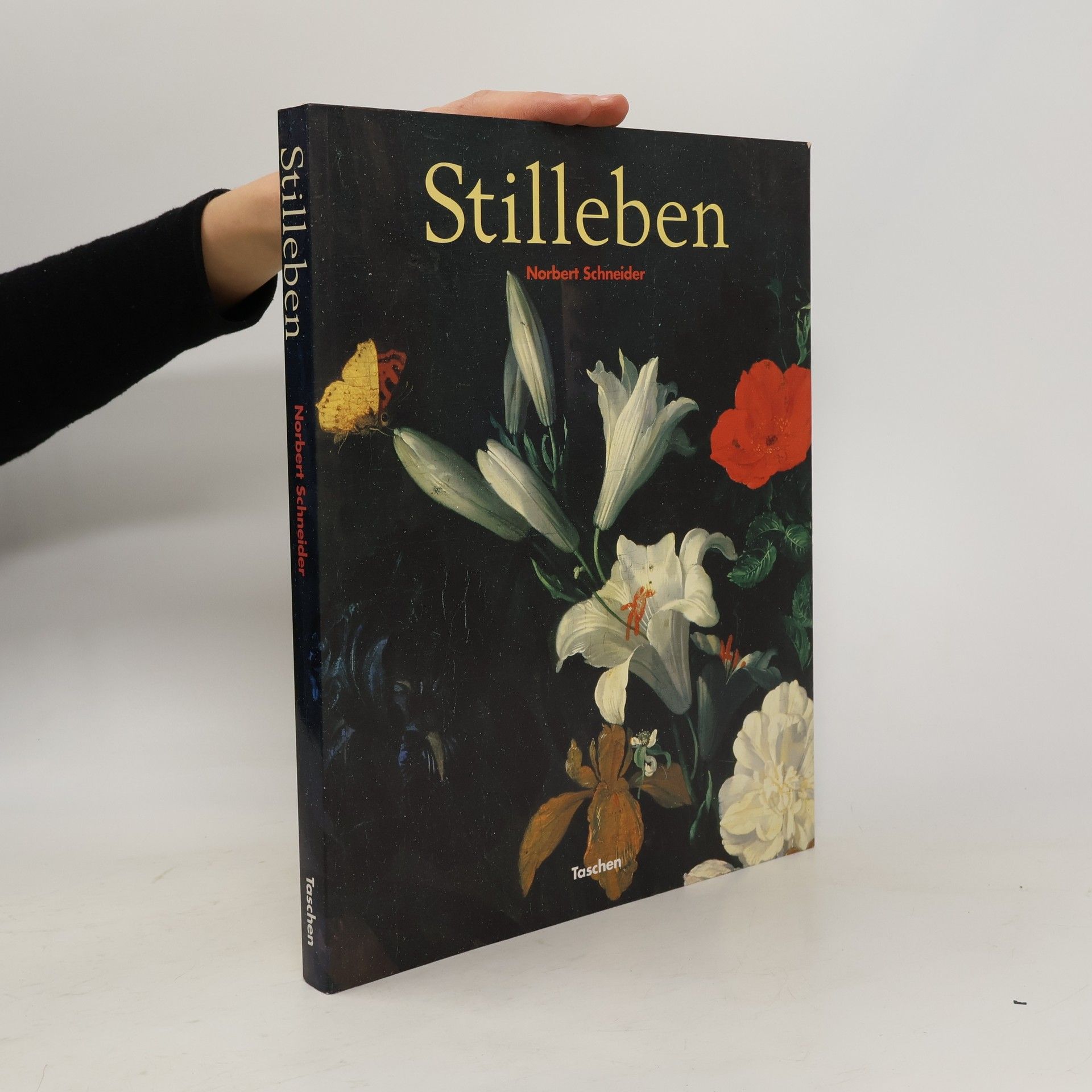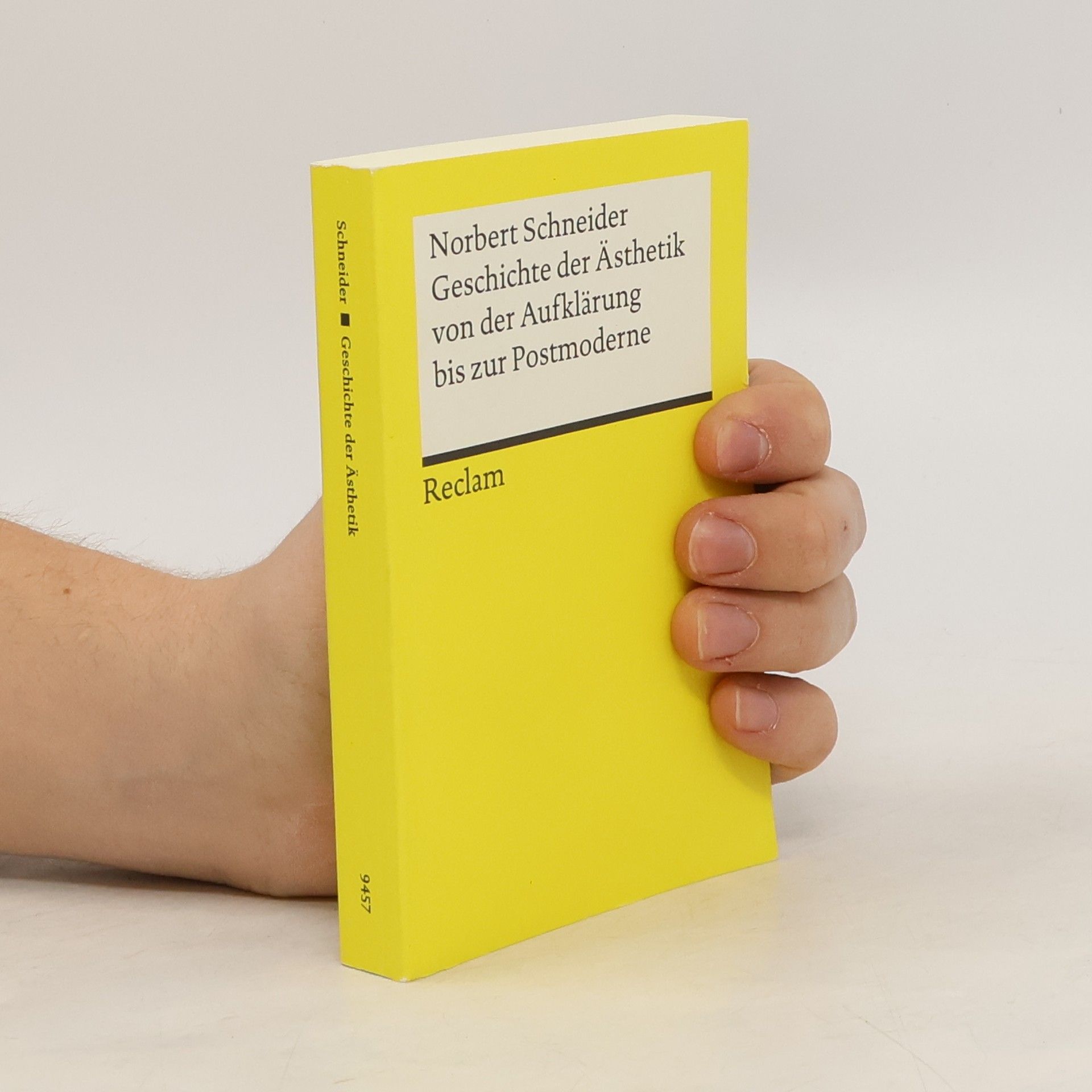Vermeer. The Complete Paintings
- 96 pages
- 4 hours of reading
Most of Jan Vermeer's pictures, reproduced in this text, show women about their daily business. Vermeer records the tasks and duties of women, the imperatives of virtue under which their lives were lived, and the dreams that provided the substance of their contrasting counter-world.

